Focus and energy are required elements to stay on top of your game when training for an endurance event. While most competitors have a pretty good handle on that part of the equation, those that add optimum nutrition and proper rest have the best opportunity for success.
The two main pillars for training are following a program suited for your fitness level and adequately fueling your body. Desiree Nielsen, a registered dietician from Vancouver, British Columbia, shared some healthy food choices and snacks for snowshoe athletes in a recent interview.
The Healthy Plate
Seeing the bigger picture of healthy eating starts with what’s on your plate.
Nielsen explains, “The foundation of any healthy plate is plenty of colorful veggies. Vegetables, while not high energy, offer anti-inflammatory phytochemicals that help with recovery and resilience.[In addition], lean proteins such as tofu, fish, or beans provide protein that is not just about muscle repair but critical for supporting immunity in athletes. And finally, make one-quarter of your plate whole grains or starchy vegetables like squash and sweet potato for lasting energy.
This simple formula can lead to endless options – from a whole grain wrap filled with hummus, pumpkin seeds, and veggies – to a hearty black bean and sweet potato chili.”
Read More: Nutrition for Winter Activities: A Beginner’s Guide
Pre-Workout Options
We asked Nielsen what her favorite snack options are for athletes during a typical pre and post snowshoeing workout. Here is her response.
“If you’re going out for an easy snowshoe run and your last meal was two or more hours away, all you need is a little snack such as a banana to give you an extra boost,” Nielsen said.
She added, “If performance is what you’re after, one hour before your outing, look for whole grains without too much protein and fat to slow stomach emptying. This could be half of a peanut butter and banana sandwich or a smoothie with spinach, banana, and almond milk.”
Also, she mentioned that her new overnight oats recipe is great!
Read More: Snowshoeing Snacks and Nutrition Tips for Your Next Outing
Post-Workout Options
Though you may have eaten pre-workout, a post-workout snack could be helpful for any athlete, depending on the time of day and your goals.
“Post-run, if you are eating a meal within about an hour, don’t worry about a recovery snack,” Nielsen explained.
But, she continued, “If your next meal is further away or your goal is to recover for intensive training, try and get a blend of four carbohydrates to one protein within an hour. Sometimes the easiest option is to pack a simple protein shake that you can shake and go with water, post-activity.”
Read More: Book Review: Performance Nutrition for Winter Sports
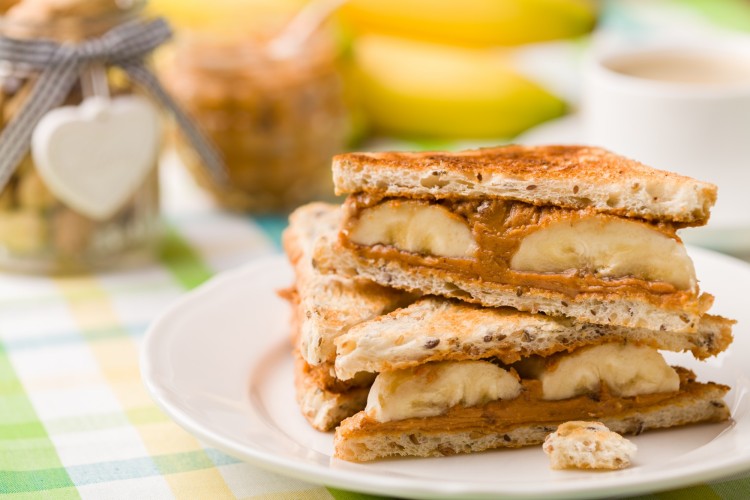
Half of a peanut butter and banana sandwich is a great post-workout snack! Photo: gkrphoto via Shutterstock
Racing Snacks for Athletes
So what other good food choices would Nielsen recommend for the recreational or competitive snowshoe athlete?
She shares, “When you’re racing, you need additional nutrition to focus on performance. Whereas the recreational snowshoer [requires] the energy they need for their typical day. [For athletes], good quality, slow-burn carbohydrates like legumes, whole grains, and starchy vegetables should anchor your meals.
In addition, mineral-rich seeds like hemp, chia, and pumpkin seeds offer zinc to support your immune system, magnesium for muscle relaxation, and iron for energy. If you’re less active, taking one to three tablespoons of these seeds a day is great. If you’re an athlete, you could easily add one quarter-cup a day to power up.”
Read More: Pump Up Your Iron With Advice from Registered Dietitian Sarah Kasman
Don’t Forget to Hydrate
In addition to the right snacks, proper hydration for athletes is another essential element to training at all levels. We can forget about drinking enough water or replacing lost electrolytes with an energy drink during cold weather.
Keep hydrated by drinking about 16 ounces one hour before your workout. If you aren’t going for a long outing, you might only need eight to 16 ounces of water during your exercise. When heading out for longer runs, make a natural sports drink by mixing 50 percent juice and 50 percent water with a pinch of salt.
A final tasty tip from Nielsen is she enjoys making seed butter balls to take snowshoeing as a snack. She mentioned they are easy to pack and have a nice blend of protein, healthy fats, and carbohydrates.
As an athlete, what are your favorite pre and post-workout snacks? Please share your recommendations in the comments below.
This article was first published on October 7, 2018, and was most recently updated on January 26, 2022.
Read Next: 8 Bad Habits of Good Athletes

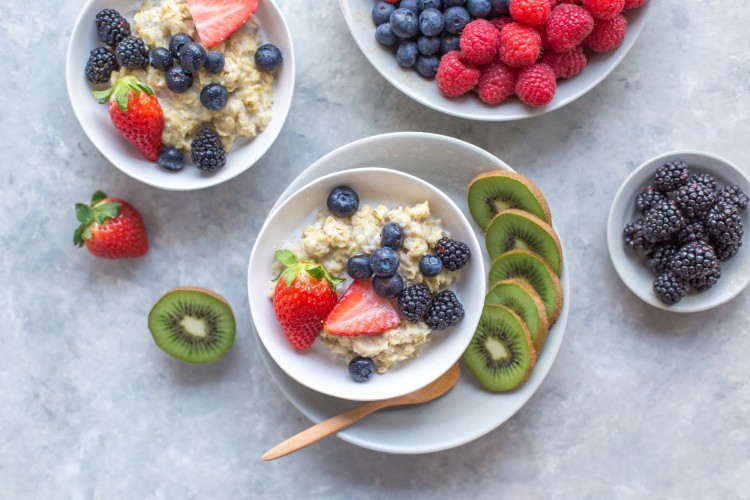
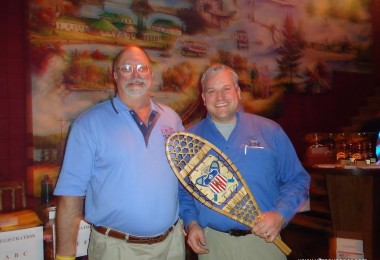

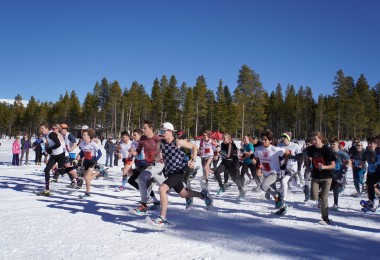
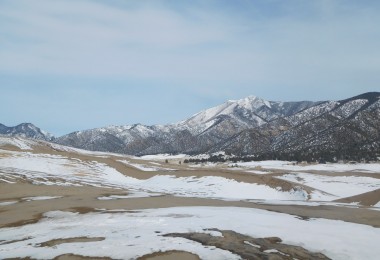

Leave a Comment